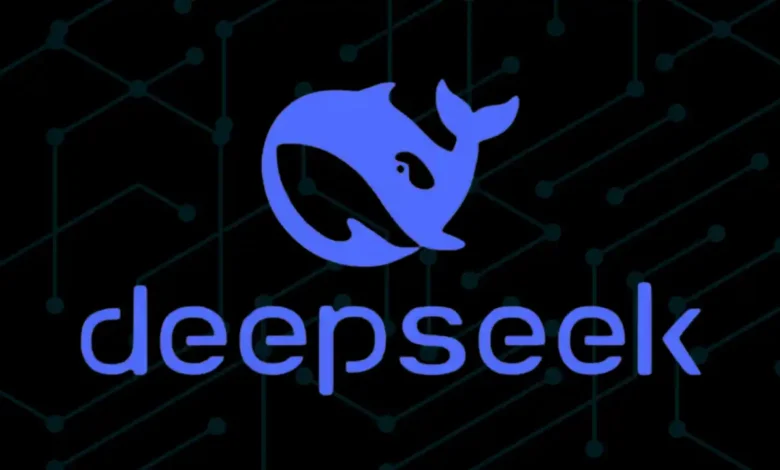
V Aiotechnical.com is dedicated to providing insightful content on cutting-edge technology, and today we explore the growing presence of open-source AI models. China’s DeepSeek has entered the artificial intelligence domain, challenging major players like OpenAI, Microsoft, Meta, and Google. Its latest model, DeepSeek R1, boasts impressive reasoning capabilities while maintaining efficiency in hardware usage. More importantly, it is an open-source model, offering accessibility to users looking to run AI locally.
In this guide, V Aiotechnical.com breaks down the essentials of open-source large language models (LLMs), their benefits, challenges, and how to set them up on personal computers.
Understanding Open-Source LLMs
Open-source large language models (LLMs) are publicly available AI models that allow users to modify and distribute them as needed. Unlike proprietary AI solutions, these models offer greater flexibility, making them ideal for customization and deployment in various scenarios.
Benefits of Running LLMs Locally
Many AI users rely on cloud-based models, but running AI locally offers several advantages:
- Cost Savings – No need for expensive subscription plans or per-use fees.
- Data Privacy – Sensitive information stays on the local device instead of external servers.
- Faster Processing – Local inference reduces latency, ensuring quicker responses.
- Customization – Users can fine-tune models to better suit specific needs.
Cloud-based services introduce privacy risks, require continuous internet connectivity, and may become expensive over time. Running AI models locally allows businesses and individuals to maintain control while improving efficiency.
Challenges of Running LLMs Locally
Despite the advantages, running AI models on a personal computer has some challenges:
- High Hardware Requirements – AI models require powerful GPUs, large RAM capacity, and significant storage.
- Energy Consumption – Running AI locally demands substantial power and generates heat.
- Limited Scalability – Unlike cloud-based solutions that dynamically allocate resources, local models are restricted by available hardware.
- Maintenance and Updates – Users must manage updates and security patches manually.
- Integration Challenges – Unlike cloud-hosted models, locally run AI requires additional configurations for API integration.
For those willing to invest in high-performance hardware and maintenance, local AI models can be a viable alternative to cloud-based AI.
How to Run Open-Source AI Models Locally
Several tools allow users to run LLMs on local machines. Two popular options include:
Using LM Studio
LM Studio provides a user-friendly interface for running AI models:
- Download LM Studio from the official website.
- Install the application and open it.
- Skip the default Llama model download if choosing another model like DeepSeek.
- Use the Discover tab (magnifying glass icon) to browse and download models from Hugging Face.
- Search for “DeepSeek R1” and select a quantized model for better performance.
- Download the model and start a chat session via the main interface.
Hardware Requirements for Running AI Locally
Though AI providers don’t specify exact hardware requirements, the following configuration should support local execution of DeepSeek R1:
- CPU: AMD EPYC 9115 / AMD EPYC 9015 / Intel Xeon Platinum 8358P
- RAM: 768GB DDR5 RDIMM (24x32GB)
- Storage: 1TB NVMe SSD
- Motherboard: Dual-socket server motherboard for 24 DDR5 RAM channels
For smaller, distilled versions, lower-end hardware may suffice.
Conclusion
As open-source AI models gain traction, DeepSeek R1 presents an exciting option for users looking to run LLMs locally. While challenges exist, the benefits of cost savings, privacy, and performance optimization make it a compelling alternative to cloud-based AI.
V Aiotechnical.com continues to explore and share the latest developments in AI, ensuring readers stay informed about the best technological solutions. Whether for business applications or personal projects, running AI models locally opens new possibilities for customization and control.





